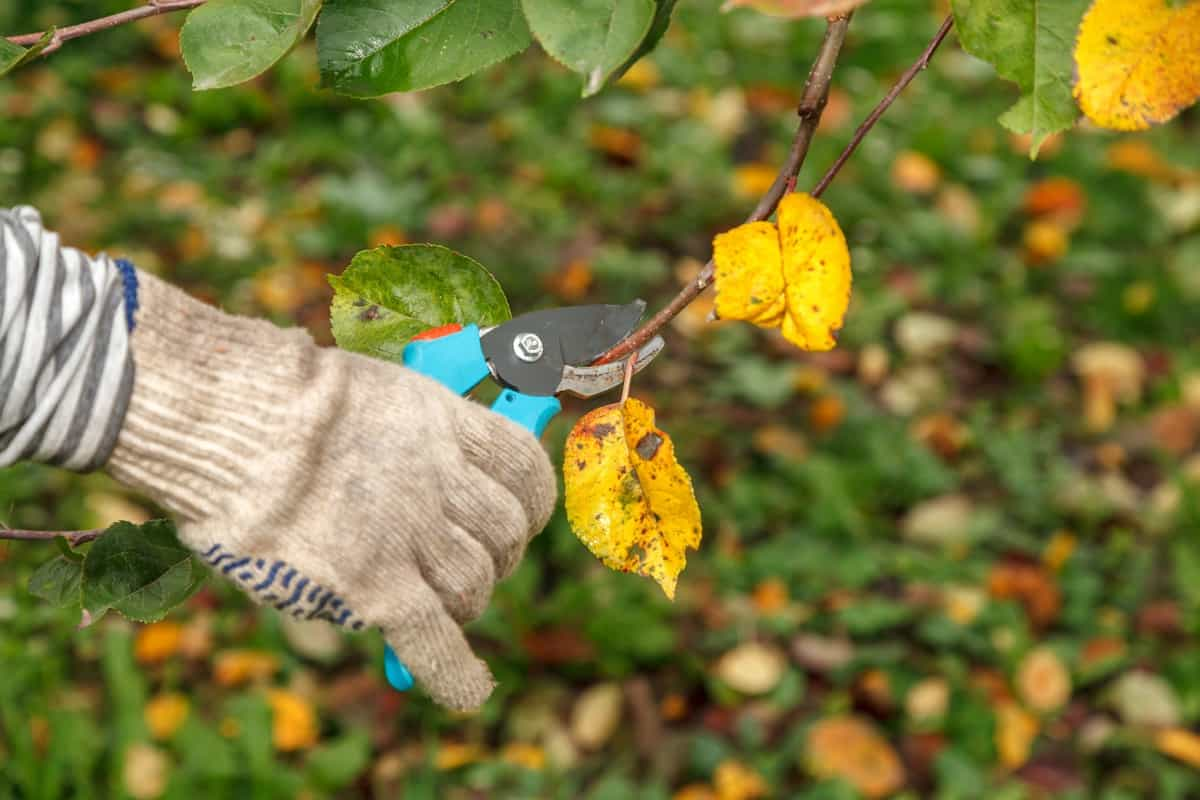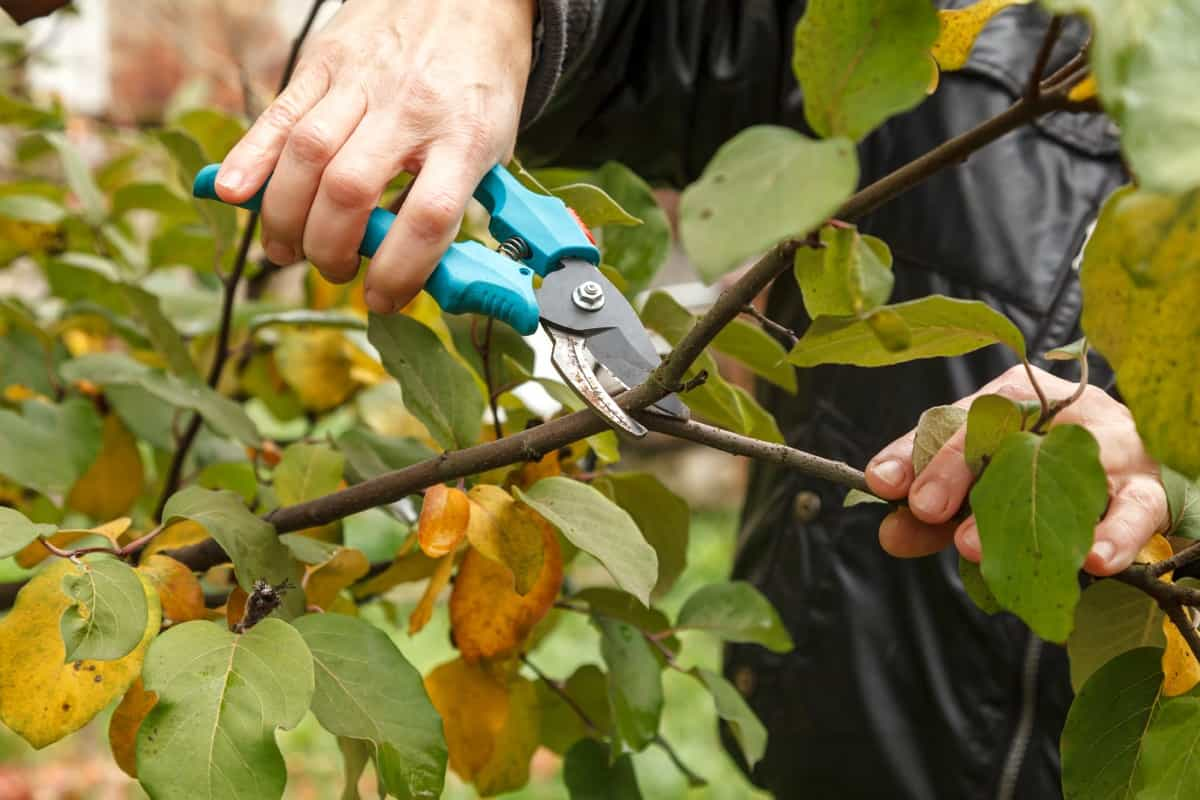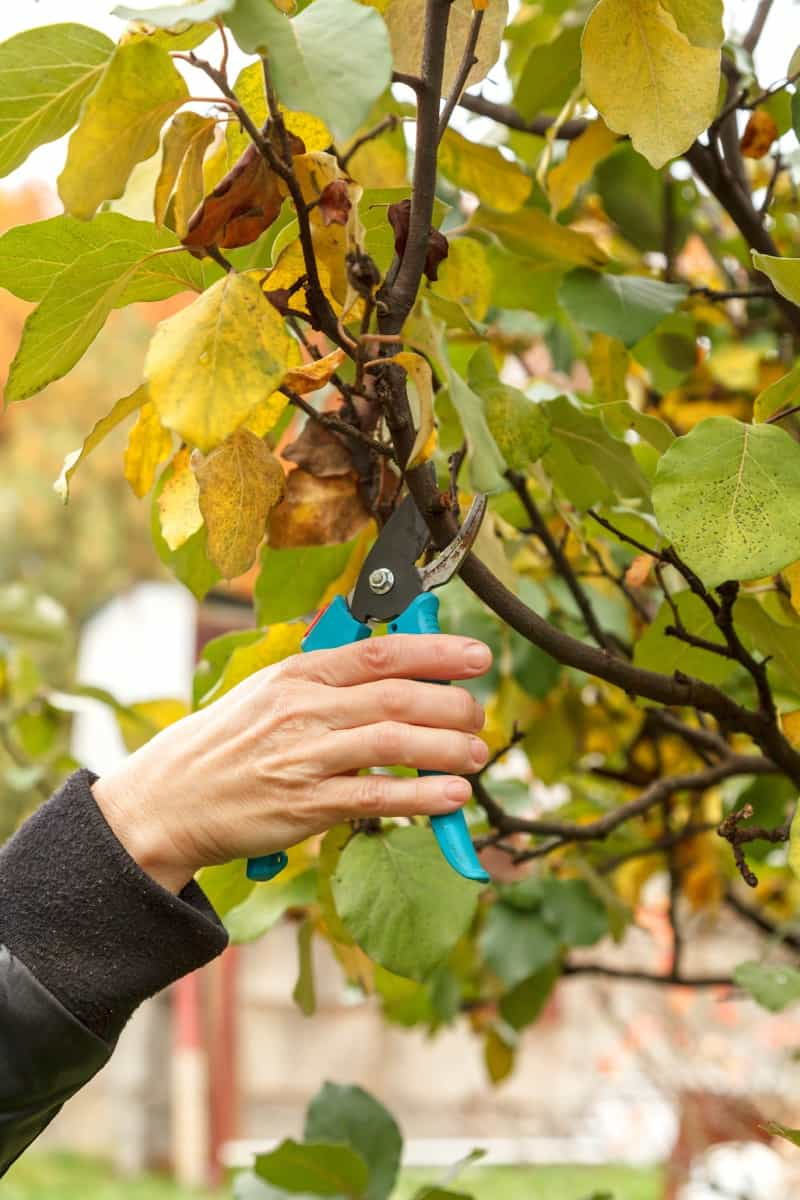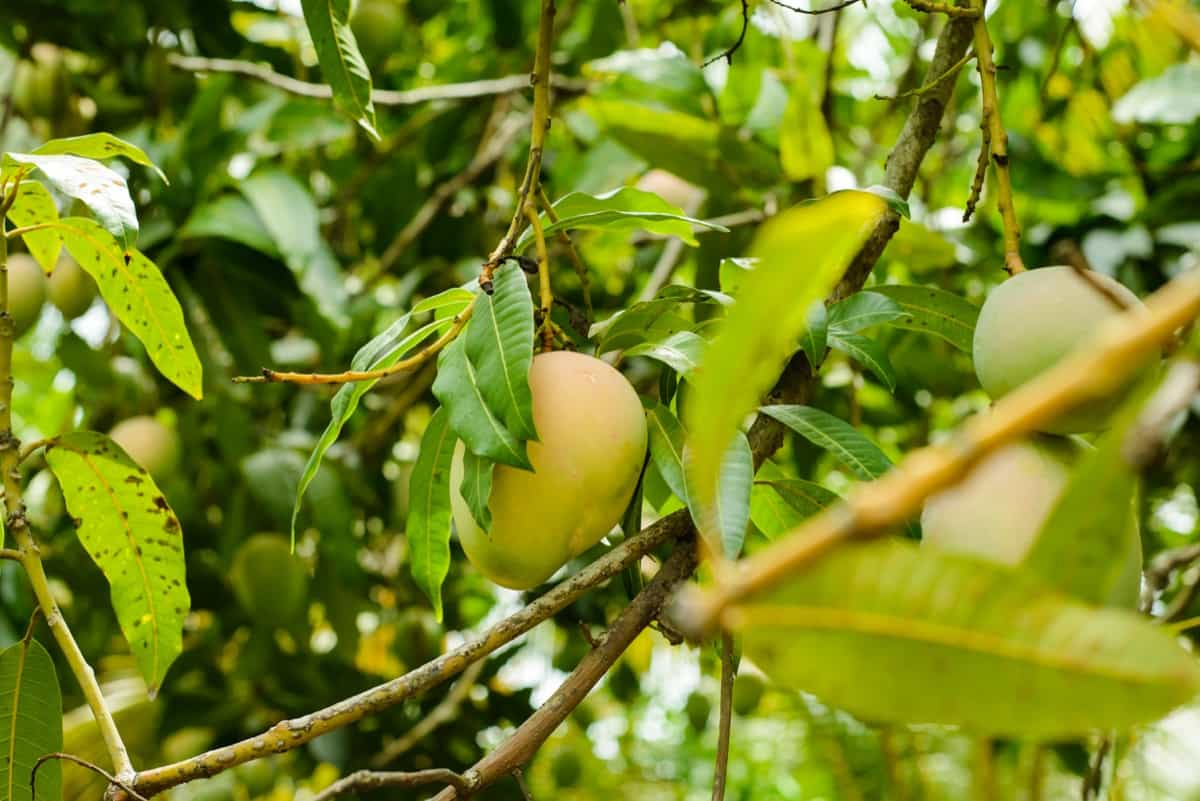Discover effective strategies to combat Fire Blight, a serious plant disease. Learn its causes, identify symptoms, and explore proven treatment methods. Gain insights for safeguarding your plants against this destructive ailment in this comprehensive guide.
How to Prevent Fire Blight
Understand Fire Blight Causes
A damaging bacterial disease called fire blight mostly affects apple and pear plants. Erwinia amylovora is the bacteria that causes it. In warm, humid weather, the disease spreads quickly and is often carried by insects or rain. It first appears as charred, withered leaves and branches that resemble fire devastation. Young stems and blossoms are more susceptible. In the spring, the bacteria that overwinter in cankers on tree limbs return to life.

Choosing resistant tree types, administering bacterial control agents, and trimming diseased parts are all examples of management. To stop the spread, affected plant material must be removed and destroyed. It’s also critical to keep an eye on the weather and take precautions when there is a high danger. Reducing fire blight requires an understanding of these causes and taking appropriate action.
How to Identify Fire Blight: Symptoms and Signs
Fruit trees like apples and pears are the main targets of fire blight, a bacterial disease that affects plants. The main signs are the blackening and withering of the shoots, which gives them a burned look. This phenomenon, known as “shepherd’s crook,” results from bacteria infiltrating via wounds or blossoms and damaging surrounding tissue.
Because the bacteria grow quickly in warm, moist environments, leaves and flowers often seem water-soaked before becoming brown or black. There are also black, sunken blemishes on infected fruit. Early detection is essential, and afflicted regions should be trimmed as soon as they are identified to stop the spread. Frequent monitoring is necessary for the early discovery and successful treatment of fire blight, particularly in warm, humid conditions.
Best Practices and Methods to Treat Fire Blight
Apple and pear trees are most often impacted by fire blight, a serious plant disease brought on by the bacteria Erwinia amylovora. It is fought using a combination of biological, chemical, and cultural strategies. Because of the quick spread of the disease, it is culturally imperative to remove contaminated plant portions at once. Pruning reduces the chance of infection during dormant seasons.
Chemical management of the bloom may be achieved by using antibiotics, such as streptomycin, although caution must be used in their usage to avoid resistance. Utilizing natural antagonists, such as certain bacterial strains that inhibit E. amylovora, is one method of biological control. Combining these strategies with weather monitoring and tree health care creates a formidable defense against fire blight. Every practice is essential to a thorough management plan because it strikes a balance between short-term control and long-term sustainability.
Fire Blight Management in Orchards
The deadly bacterial disease known as “fire blight” mostly targets apple and pear trees. Erwinia amylovora bacteria cause it and may quickly destroy whole orchards. Integrated strategies are necessary for effective management. First of all, because some cultivars are naturally resilient, choosing resistant cultivars is essential. Second, removing and trimming affected plant portions appropriately helps stop the spread of the disease.
In case you missed it: Prevention and Management of Fire Blight in Apple and Pear Trees

Between cuts, sterilizing instruments is critical to prevent the germs from spreading. Additionally, timely administration of effective antibiotics like streptomycin, particularly during the delicate blooming phases, can prevent epidemics. However, in order to stop the development of resistance, antibiotic usage should be prudent. A thorough fire blight management strategy must also include cultural practices such as avoiding the overuse of nitrogen fertilizer, which encourages vulnerable new growth and monitoring for disease symptoms.
Integrated Pest Management for Fire Blight
- Sanitation: Removing infected plant debris reduces the spread, as the pathogen overwinters in cankers on tree limbs.
- Cultural Practices: Implementing practices like proper pruning and avoiding excessive nitrogen fertilizer limits disease proliferation.
- Biological Control: Beneficial microorganisms can suppress the pathogen.
- Chemical Control: Application of appropriate antibiotics, like streptomycin, during the bloom period, can be effective but must be judiciously used to prevent resistance.
- Resistant Varieties: Using fire-blight-resistant cultivars greatly reduces disease impact.
Organic Approaches to Preventing Fire Blight
Erwinia amylovora is a bacteria that causes fire blight, a disease that may be harmful to fruit plants, including pears and apples. Natural remedies and cultural customs are essential for organic management. First, choose resistant cultivars; some cultivars are naturally resistant to fire blight. Thin and trim the trees on a regular basis to increase airflow and decrease moisture, which encourages the development of germs.
Apply organic control agents like copper sprays cautiously, as they can impact beneficial organisms. In organic systems, streptomycin is sometimes utilized, but only under very stringent constraints, to avoid the development of resistance. Finally, take into account biological controls such as yeasts or beneficial bacteria that suppress or outcompete Erwinia amylovora. In an organic system, these combined strategies may successfully lower the prevalence of fire blight, notwithstanding their challenges.
Fire Blight Control in Home Gardens
A bacterial disease called fire blight, which affects fruit trees, including apples and pears, may be managed in home gardens using a variety of techniques. First, go for resistant cultivars, as they are less likely to get infected. In order to help control the disease, the diseased branches should preferably be pruned during dry weather. Disinfecting instruments after each incision is essential to stop the germs from spreading.
It may be beneficial to use antibacterial sprays, such as ones containing streptomycin, during the blossoming period. Furthermore, try not to fertilize too much since too much nitrogen might stimulate sensitive new growth. It’s important to keep an eye out for infections and to act quickly when symptoms appear. These actions may lessen the effects of fire blight in home gardens when paired with proper gardening cleanliness.
Fire Blight Resistance in Plant Varieties
Certain plants, especially those in the Rosaceae family, like apples and pears, are at risk of fire blight, which is caused by the causal organism bacteria Erwinia amylovora. Plant varieties differ in their resistance to fire blight. Breeding strategies that seek to improve plant immunity place a strong emphasis on genetic resistance. For this, resistance genes that are known to have a role in plant defense, such as those in the NBS-LRR class, must be identified and included.
In case you missed it: Stemphylium Leaf Blight Management in Onion: Symptoms, Treatment, Prevention, Chemical, Biological, and Organic Control

More resilient cultivars have been created as a result of improvements in genetic engineering and breeding. However, resistance is not affected by external factors and is not constant. Effective management of fire blight requires the use of integrated management approaches that combine resistant types with other forms of control. Research on fire blight resistance is constantly evolving and essential to sustainable agriculture.
Preventive Measures for Fire Blight in Greenhouse Environments
There are serious concerns associated with fire blight, a bacterial disease that mostly affects pome fruit trees in greenhouse settings. Early detection and routine monitoring are essential to lessen this. Setting up a stringent sanitation regimen that includes cleaning contaminated plant material and sterilizing tools may stop it.
Fire blight may be controlled by using resistant plant cultivars and using the right bactericides in accordance with local laws. Furthermore, regulating environmental elements like temperature and humidity lowers the risk of contracting diseases. Combining these methods creates a complete plan to protect greenhouses against fire blight.
Frequently Asked Questions (FAQ) on Fire Blights
How Do I Properly Prune a Tree with Fire Blight?
Prune infected branches well below the visible damage and sterilize tools between cuts to prevent the spreading of the bacteria.
In case you missed it: Mango Phoma Blight Disease Management: Symptoms, Treatment, Chemical, Biological, and Organic Control

What Role Do Insects Play in Spreading Fire Blight?
Insects, particularly bees, can spread the bacteria while foraging on flowers of infected trees.
Conclusion
To prevent fire blight, identify early symptoms like wilted, blackened branches. Remove infected parts, apply appropriate bactericides, and choose resistant plant varieties. Consistent monitoring and prompt treatment are crucial for effective control of this destructive bacterial disease.
- Beneficial Insects in Pest Management
- Natural Solutions for Pest Control in Flower Gardens
- Types of Fungicides Used in Agriculture
- Common Issues in the Fruit Development Stage of Pomegranate Farming
- Fruit Development Issues in Papaya: Easy Solutions and Treatment
- Soil-Borne Diseases and How to Protect Your Plants
- Practices to Prevent Disease Spread in the Garden
- From Wilted to Thriving: How to Treat Root Rot Naturally in Houseplants
- Natural Remedies to Cure Brown Spots on Fig Tree Leaves